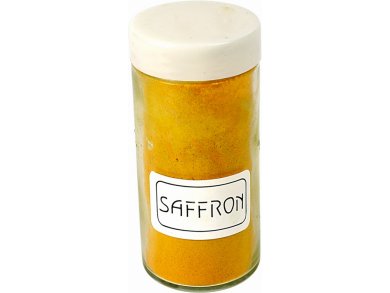Retinitis pigmentosa is an inherited neurodegenerative disease characterized by a progressive loss of photoreceptors, specialized retinal neurons. Although this disorder progressively leads to severe vision impairment and eventually to blindness, effective therapies are currently lacking.
According to Laura Fernández-Sánchez, University of Alicante, Spain, and colleagues, the progression of the disease could be delayed by 2,6,6-trimethyl-1,3-cyclohexadiene-1-carboxaldehyde (safranal). It is a volatile oil contained in saffron, a spice isolated from Crocus Sativus’ flowers.
Using an animal model of the disease, the scientists demonstrated that safranal treatment prevents photoreceptors loss and protects retina’s morphology and functions. These effects are likely due to the antioxidant properties of the compound.
Safranal could, therefore, be useful to slow retinal degeneration in patients suffering from retinitis pigmentosa.
- Safranal, a Saffron Constituent, Attenuates Retinal Degeneration in P23H Rats
L. Fernández-Sánchez, P. Lax, G. Esquiva, J. Martín-Nieto, I. Pinilla,N. Cuenca.
PLoS One 2012, 7 (8), e43074
DOI: 10.1371/journal.pone.0043074


